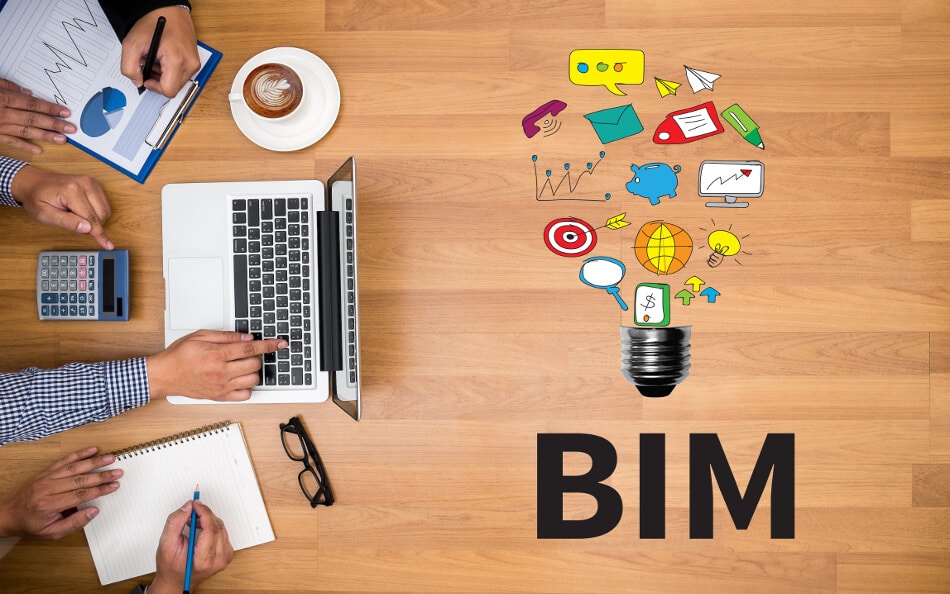Construction productivity is a long-standing issue in the industry and has become a huge field of research opportunity. Decades of expansive studies have produced well-documented models and methods for identifying the many factors and reasons that influence construction productivity. In the process, building information modeling (BIM) has emerged as a disruptive innovation with great potential to mitigate most of the common factors negatively impacting construction productivity.
As studies looked into the effects BIM on project performance, it’s been found out that the most reported benefit is in construction productivity improvement, specifically in labor productivity. For companies eyeing to transition to BIM, it is of great importance to understand BIM’s benefits and quantify its impact in order to ensure the operability of implementing a BIM process.
Positive impact on labour productivity
In an action research project with a small mechanical contractor, a study investigated BIM’s impact on a large commercial project’s labor productivity and found out an increase in productivity ranging from 75% to 240% on areas that were modeled and prefabricated as compared to areas that weren’t.
![]()
Cost and schedule control and management
Building information modeling (BIM) has long been recognised as the technology that will revolutionise the Architecture, Engineering, and Construction (AEC) industry. Despite the studies and advancements, BIM’s use has not yet reached its full potential. One study set to find out how a BIM-based integrated scheduling approach in a project with detailed construction scheduling under resource constraints. The study pointed to positive results with optimised activity level construction schedules. By automatically sequencing activities under physical, spatial and resource constraints, the project reached its goals with no hitch.
Communication and collaboration
BIM has a lot of benefits but it seems to be that its key role is in facilitating communication and mutual understanding within project shareholders and the construction teams. Building information modeling changes the common way of collaboration including the roles of project participants.
In an empirical study in China, it was found out that for BIM collaboration to work, there are eight concepts influencing the development of a BIM collaboration:
- IT Capacity
- Technology Management
- Attitude and Behavior
- Role-Taking
- Trust
- Communication
- Leadership
- Learning and Experience
Additionally, findings point that BIM effects into three dimensions:
- Technology
- People
- Process
If your company can utilise the eight concepts in developing a BIM collaboration and effect them into the three dimensions, you will unlock an optimised level of collaboration within your project teams for a highly-functional BIM project delivery.
To understand BIM collaboration and BIM roles, we have an article that talks about recognising BIM roles in a project cycle.
Aside from labor productivity, optimised construction scheduling and communication, BIM’s important applications that apply to contractors are as follows:
- Clash detection
- Quantity takeoff and cost estimation
- Construction analysis and planning
- Offsite fabrication
- Verification, guidance and tracking of construction activities
- Other management functions
An integrated collaborative system
Using BIM does not automatically make you reap the benefits of BIM, it’s how you use BIM that allows you to enjoy the benefits. For example, using different BIM-based software among collaborators during the design phase may precipitate some problems like data loss, communication failure, and poor work efficiency.
However, by using a BIM-based collaboration in an integrated design system, it can enhance your design quality and productivity by utilising necessary support for a collaborative design. Through the combination of three major modules: BIM Modeler, BIM Checker and BIM Server, you can implement three integration concepts as follows: “functional integration”, “integrated information management” and “integrated process support”.
Conclusion
By understanding the mentioned concepts, we hope that you can realise the benefits of BIM in your construction project. Productivity information is a significant ingredient in project monitoring and control. By taking control of these things through BIM, we hope you develop a construction system that works well for your company.
As more technology tools attach to the BIM model, it allows for greater risk insight and work transparency, which is making BIM a major pillar in the improvement of construction productivity.
If you want to take a deeper dive in improving overall productivity on the construction site, we have an ebook called The Circle of Productivity. It’s free to download so get it now!
![]()




